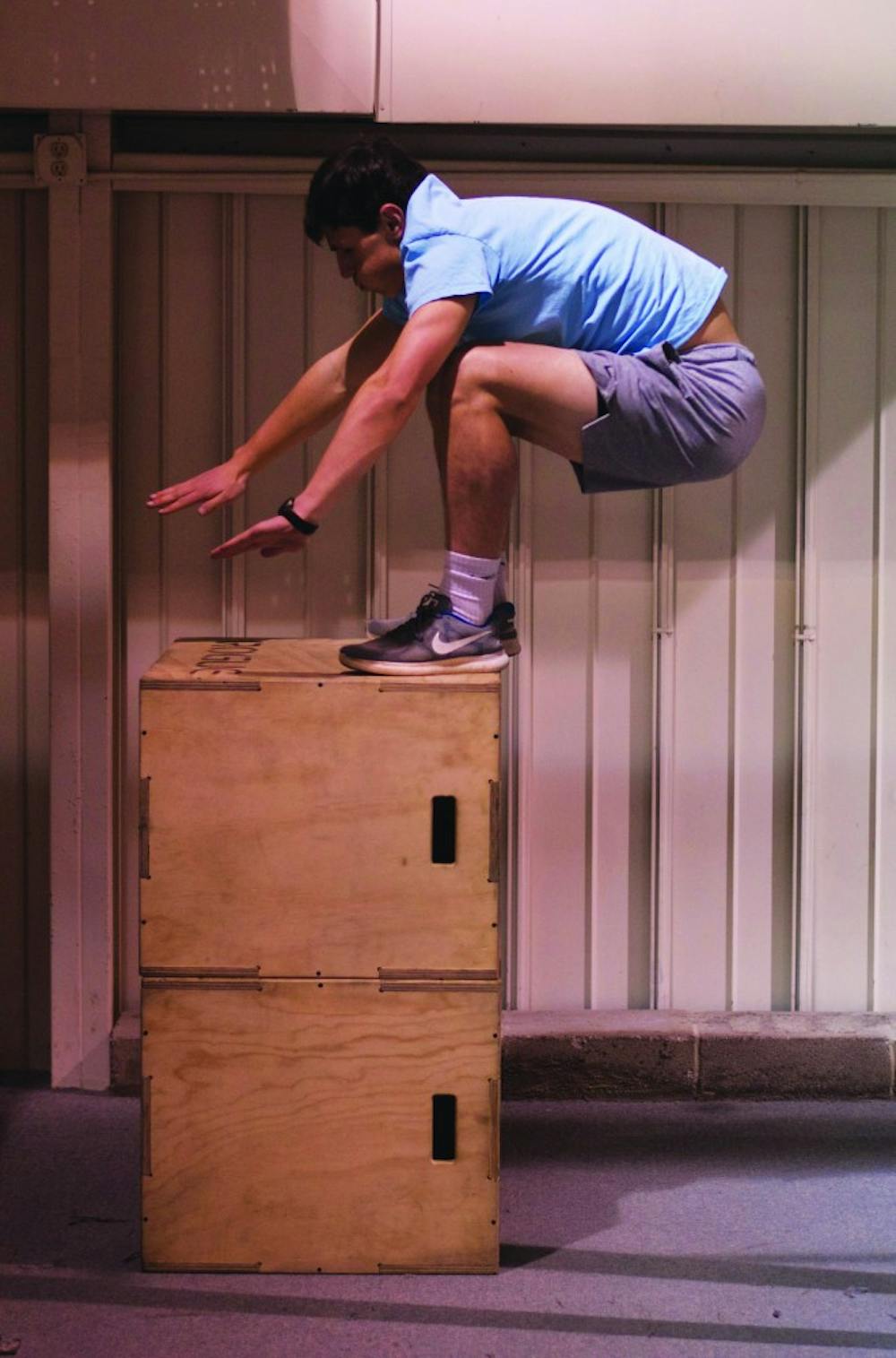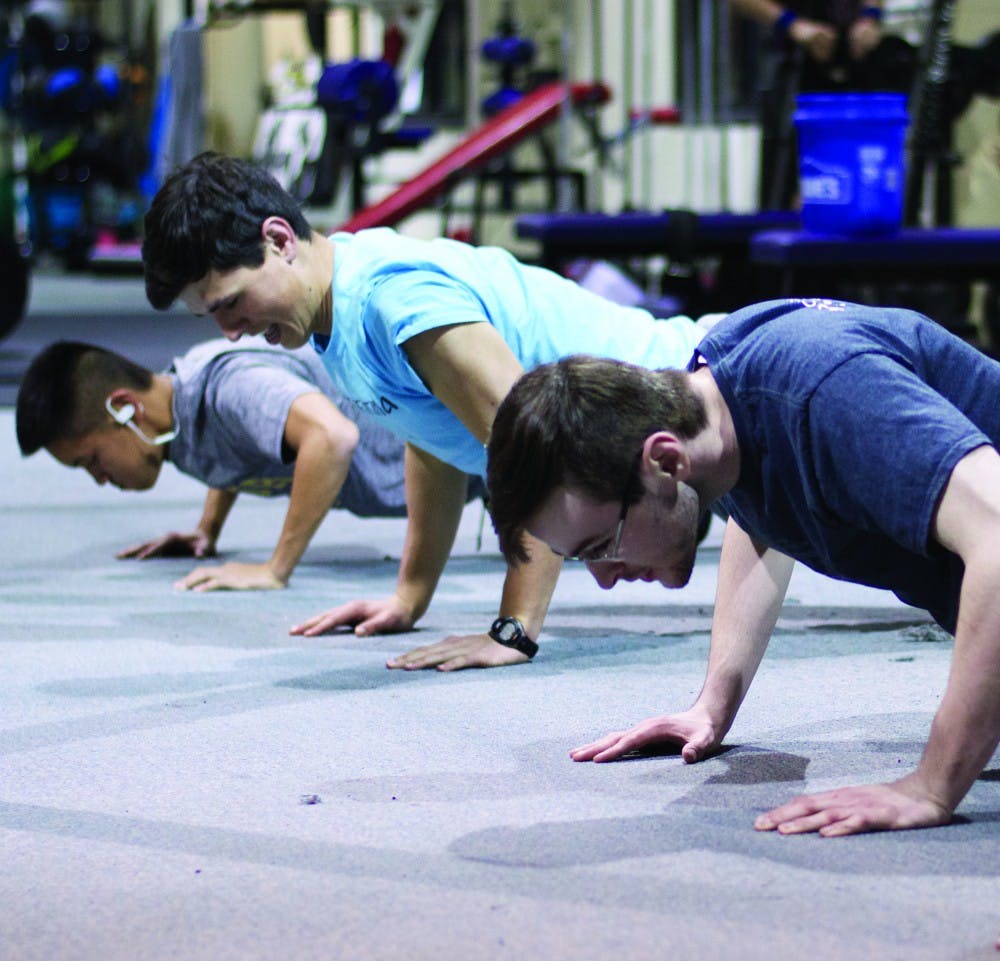By Kelly Abraham | Echo
The Blackford County YMCA announced its impending closure this past summer after more than 11 years of service. Erik Hayes, associate professor of kinesiology, was at Ball Memorial Hospital in Muncie, Indiana, when he caught wind of the cessation scheduled for Sept. 30, 2017.
"They had an off-site program at the YMCA in Hartford City, (Indiana,) and the YMCA was closing down, and they said, 'We're about to lose our sustained maintenance program in Hartford City,' and I said, 'Why don't you just bring that to Taylor?'" Hayes said of his initial suggestion.
Through the duration of legal agreements and formalities being worked out, the CEO of Blackford Hospital in Hartford City, Indiana, and his staff, as well as about 15 participants, visited Taylor's Kesler Student Activities Center (KSAC) in the fall. According to Hayes, they loved the facility.
The program that commenced at Taylor this semester, is a Phase IV, or sustained maintenance, cardiac rehabilitation program. This means the participants are people who desire continual supervision of his or her exercise program. They might have previously had a heart attack or heart surgery, but can be supervised off-site. After losing the site in Harford City, five participants transferred to Taylor's rehab program, with a few more likely starting in a couple weeks.
IU Health Blackford sends a clinician, a member of their cardio pulmonary team, to the KSAC on Tuesday and Thursday each week. A rotation of 12 to 14 Taylor students run the program by themselves on Mondays, Wednesdays and Fridays. Some shifts begin as early as 6:30 a.m., but that doesn't hinder students from volunteering each week. This link with IU Health gives Taylor students the unique opportunity to provide service in a healthcare system as an undergraduate student.
"It's a quality program," said junior Jon Kelley, who works with a participant once a week. "Everyone with whom I have spoken has positive things to say about it, and it really seems to be a blessing to those who participate."

Hayes' brief training with students prepared them to take patients' blood pressure, check the oxygen saturation of their blood and monitor heart rates, as well as ensuring participants feel okay while monitoring them through the exercise program they do. The students' job is to implement the exercise the cardiopulmonary rehab team member prescribes.
Faculty and students are hopeful for the continued growth of the program. Junior exercise science major Tiffany Romeos gushed about the program.
"We build relationships with these people," Romeos said. "It's nice to see them almost every morning come through that door with a smile on their faces as they recognize our faces and try hard to remember our names. We even had the opportunity to celebrate one of their 82nd birthdays with cinnamon rolls and a song. This isn't a paid job, and yet we had more than enough volunteers that wanted to do this every morning . . . that wanted to be a part of these intriguing lives."





